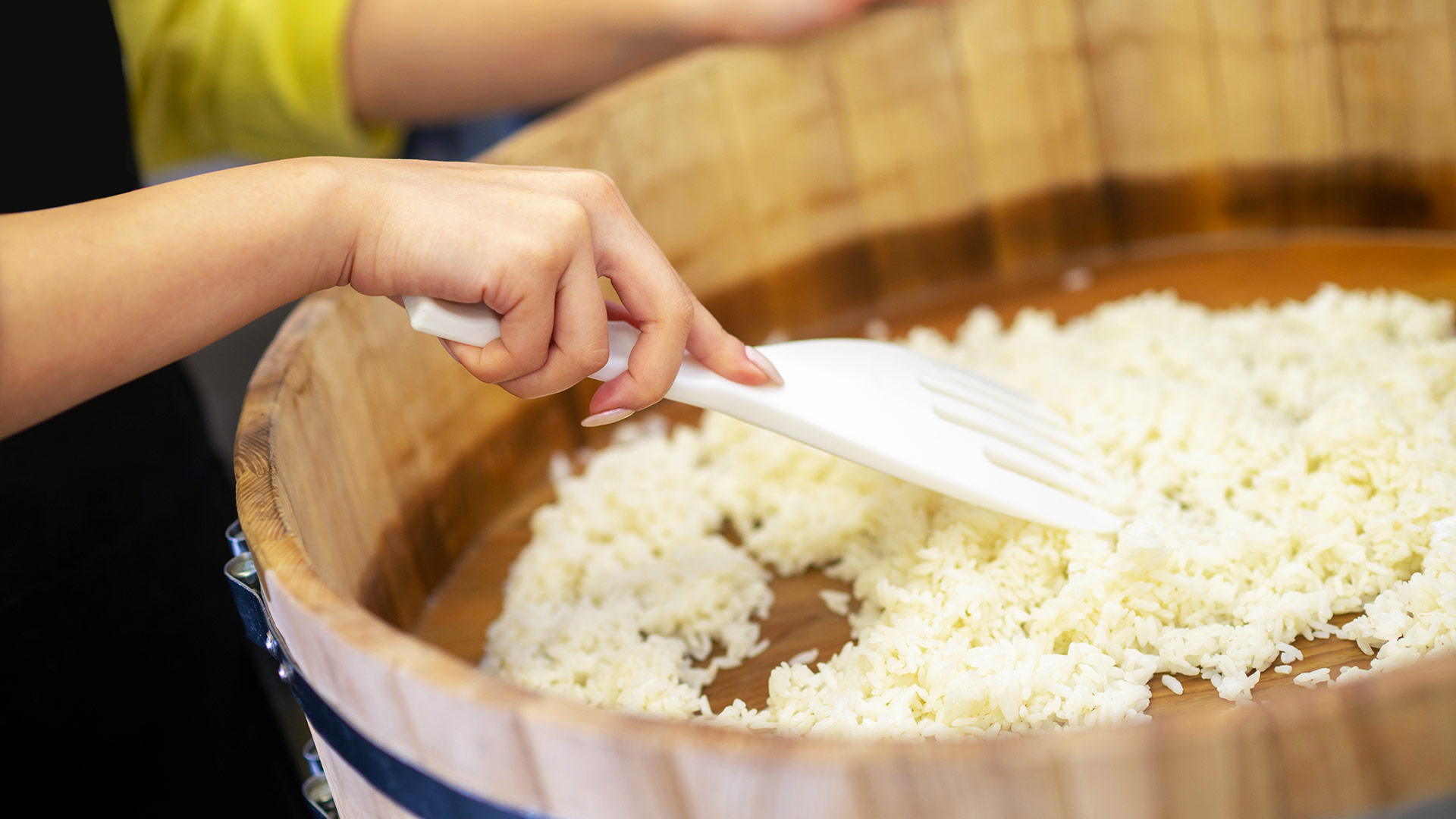

Articles
How To Store Leftover Sushi Rice
Modified: August 25, 2024
Learn the best methods for storing leftover sushi rice to keep it fresh and flavorful. Our articles provide helpful tips and techniques to ensure your rice stays delicious for future meals.
(Many of the links in this article redirect to a specific reviewed product. Your purchase of these products through affiliate links helps to generate commission for Storables.com, at no extra cost. Learn more)
Introduction
Sushi is a popular dish enjoyed by many around the world. It consists of vinegared rice combined with various ingredients such as raw or cooked seafood, vegetables, and sometimes even fruits. However, if you find yourself with leftover sushi rice, it’s important to know how to store it properly to maintain its freshness and taste.
Storing leftover sushi rice correctly not only helps to prevent it from spoiling but also ensures that you can use it in other sushi dishes or even enjoy it on its own. In this article, we will explore the importance of storing leftover sushi rice and provide you with a step-by-step guide on how to do it effectively.
Key Takeaways:
- Don’t let leftover sushi rice go to waste! Properly store and reheat it to maintain freshness, prevent spoilage, and enjoy delicious homemade sushi creations or other rice-based dishes.
- Storing leftover sushi rice is crucial for food safety and reducing waste. Follow the steps and tips to preserve its texture, flavor, and enjoy the flavors of sushi, even when it’s leftovers!
Read more: How To Store Leftover Sushi
Why it’s important to store leftover sushi rice properly
Properly storing leftover sushi rice is crucial for several reasons. Firstly, sushi rice is highly perishable and can spoil quickly if not stored correctly. Leaving it at room temperature for too long can lead to the growth of harmful bacteria, increasing the risk of foodborne illnesses.
Additionally, storing leftover sushi rice properly helps to preserve its texture and flavor. Sushi rice is known for its sticky and slightly vinegary taste, which contributes to the overall taste of the sushi. When stored properly, the rice maintains its moisture and doesn’t dry out, ensuring that it remains delicious when used in future sushi dishes.
Moreover, by storing leftover sushi rice, you’re reducing food waste. Instead of throwing away any excess rice, you can store it and use it for other meals or even make sushi rolls at home. This not only saves you money but also allows you to enjoy a favorite dish without the need for a trip to a sushi restaurant.
Lastly, when you store sushi rice properly, you have the convenience of having it readily available for future use. Whether you want to make sushi rolls, sushi bowls, or even fried rice, having leftover sushi rice on hand allows you to whip up a delicious meal in no time.
Step 1: Cooling the rice
The first step in properly storing leftover sushi rice is to cool it down. This step is essential to prevent the growth of bacteria and maintain the quality of the rice.
Once you have finished enjoying your sushi meal, transfer the leftover rice to a clean, shallow container or a large bowl. By spreading out the rice in a thin layer, it will cool down more quickly and evenly.
To speed up the cooling process, you can gently fluff the rice with a fork or chopsticks. This will help release some of the heat and encourage even cooling.
Leave the rice to cool at room temperature for about one hour. Avoid leaving it out for too long, as this can increase the risk of bacteria growth.
During the cooling process, it’s important to avoid covering the rice as it can trap moisture and create a breeding ground for bacteria.
Once the rice has cooled down to room temperature, it’s time to move on to the next step: wrapping the rice.
Step 2: Wrapping the rice
After you have properly cooled the leftover sushi rice, the next step is to wrap it before storing it in the refrigerator. Wrapping the rice helps to maintain its moisture and prevent it from drying out.
Start by preparing plastic wrap or airtight containers for storing the rice. Plastic wrap is convenient as it allows you to wrap the exact amount of rice you want to store. Airtight containers are also a good option as they provide an extra layer of protection.
If you’re using plastic wrap, take a piece large enough to wrap around the amount of rice you have. Lay it flat on a clean surface and place the rice in the center of the wrap.
Gently gather the corners of the plastic wrap and bring them together, enclosing the rice. Twist the excess wrap at the top to create a tight seal. Ensure that there are no gaps or openings that can let air in.
If you prefer using airtight containers, transfer the cooled rice directly into the containers. Make sure to fill the containers only up to about ¾ full to leave room for expansion.
Whichever method you choose, ensure that the rice is tightly sealed to prevent air from entering. This will help to maintain the quality and freshness of the rice during storage.
Now that the rice is properly wrapped and ready for storage, let’s move on to the next step: storing it in the refrigerator.
After enjoying your sushi, store leftover rice in an airtight container in the refrigerator. To prevent it from drying out, place a damp paper towel on top of the rice before sealing the container. Use the leftover rice within 1-2 days for best quality.
Step 3: Storing in the refrigerator
Once you have wrapped the leftover sushi rice, it’s time to store it in the refrigerator. The refrigerator helps to keep the rice at a low temperature, inhibiting the growth of bacteria and preserving its freshness.
Place the wrapped rice or airtight containers in the refrigerator as soon as possible after wrapping to minimize the time the rice spends at room temperature.
It is important to store the rice on the middle shelf of the refrigerator, where the temperature is the most consistent. Avoid placing it in the door or near the back of the refrigerator where the temperature fluctuates due to opening and closing the door.
Remember to keep the rice away from other strong-smelling foods in the refrigerator as it can absorb odors.
Label the wrapped rice or containers with the date of storage. This will help you keep track of how long it has been stored and ensure that you use it within a safe timeframe.
Leftover sushi rice can be stored in the refrigerator for up to 2 to 3 days. It is recommended to consume it within this time frame to ensure quality and safety.
Now that you have stored the rice in the refrigerator, let’s move on to the final step: reheating the rice before using it.
Read more: How To Store Sushi Overnight
Step 4: Reheating the rice
When you’re ready to use the leftover sushi rice, it’s important to reheat it properly to ensure it’s safe to eat and to restore its texture and flavor.
One of the best methods to reheat sushi rice is by using a microwave. Start by transferring the rice from the refrigerator to a microwave-safe dish. Loosen the plastic wrap if using, or remove the lid from the airtight container.
Sprinkle a small amount of water or sushi vinegar over the rice to help add moisture. This will prevent the rice from drying out during the reheating process.
Cover the dish loosely with a microwave-safe lid or microwave-safe plastic wrap. This will help trap the steam and prevent the rice from splattering inside the microwave.
Place the dish in the microwave and heat it on medium power for about 1 to 2 minutes. Stir the rice gently with a fork or chopsticks to ensure even heating. Continue heating in short intervals, stirring in between, until the rice is heated through.
If you prefer to reheat the rice on the stovetop, transfer it to a non-stick pan or a pot and add a small amount of water or sushi vinegar. Heat it over low to medium heat, stirring occasionally, until the rice is heated evenly.
Once the rice is reheated, remove it from the heat source and let it rest for a minute before using it in your desired sushi dish or enjoying it as it is.
Remember that reheated sushi rice is best consumed immediately after reheating. Avoid reheating it multiple times, as this can affect the texture and taste.
Congratulations! You have successfully reheated the sushi rice and it’s ready to be used in your favorite sushi recipes.
Tips for storing and reheating sushi rice
Now that you know the steps to properly store and reheat leftover sushi rice, here are some additional tips to ensure the best results:
- Use the leftover sushi rice within 2 to 3 days of refrigeration to maintain its freshness and quality.
- If you have a large amount of leftover sushi rice, divide it into smaller portions before wrapping and storing. This will make it easier to reheat only the amount you need.
- When reheating sushi rice, avoid overheating it, as this can cause the rice to become dry and lose its stickiness. Keep a close eye on the rice during the reheating process to prevent overcooking.
- If you’re not planning to use the leftover sushi rice immediately after reheating, allow it to cool down before storing it in the refrigerator again. This will help maintain its quality.
- Consider using the reheated sushi rice for sushi rolls, sushi bowls, or even fried rice. Get creative and experiment with different recipes to make the most out of your leftovers.
- Always practice good hygiene when handling and storing sushi rice. Wash your hands thoroughly before touching the rice, and ensure that all utensils and storage containers are clean.
By following these tips, you can ensure that your leftover sushi rice stays fresh, safe to eat, and delicious when you’re ready to enjoy it.
Conclusion
Properly storing and reheating leftover sushi rice is essential to maintain its quality, prevent spoilage, and ensure a safe and delicious dining experience. By following the steps outlined in this article, you can make the most of your leftover sushi rice and enjoy it in various ways.
Cooling the rice, wrapping it tightly, and storing it in the refrigerator help to preserve its moisture and prevent bacterial growth. Reheating the rice in the microwave or stovetop ensures it is heated through evenly. Following these steps will help maintain the texture and flavor of the rice.
Additionally, the tips provided will help you optimize the storage and reheating process. By using smaller portions, practicing good hygiene, and getting creative with different recipes, you can make the most out of your leftover sushi rice.
Remember, food safety is always a priority. Consuming leftover sushi rice within a safe timeframe of 2 to 3 days and ensuring it is properly reheated reduces the risk of foodborne illnesses and ensures a positive dining experience.
So, the next time you enjoy sushi and find yourself with leftover rice, don’t let it go to waste. Follow the steps and tips in this article to store and reheat it properly. Get creative with your culinary skills and enjoy your delicious homemade sushi creations or other rice-based dishes.
By understanding the importance of storing and reheating sushi rice properly, you can indulge in the flavors of sushi, even when it’s leftovers!
Frequently Asked Questions about How To Store Leftover Sushi Rice
Was this page helpful?
At Storables.com, we guarantee accurate and reliable information. Our content, validated by Expert Board Contributors, is crafted following stringent Editorial Policies. We're committed to providing you with well-researched, expert-backed insights for all your informational needs.
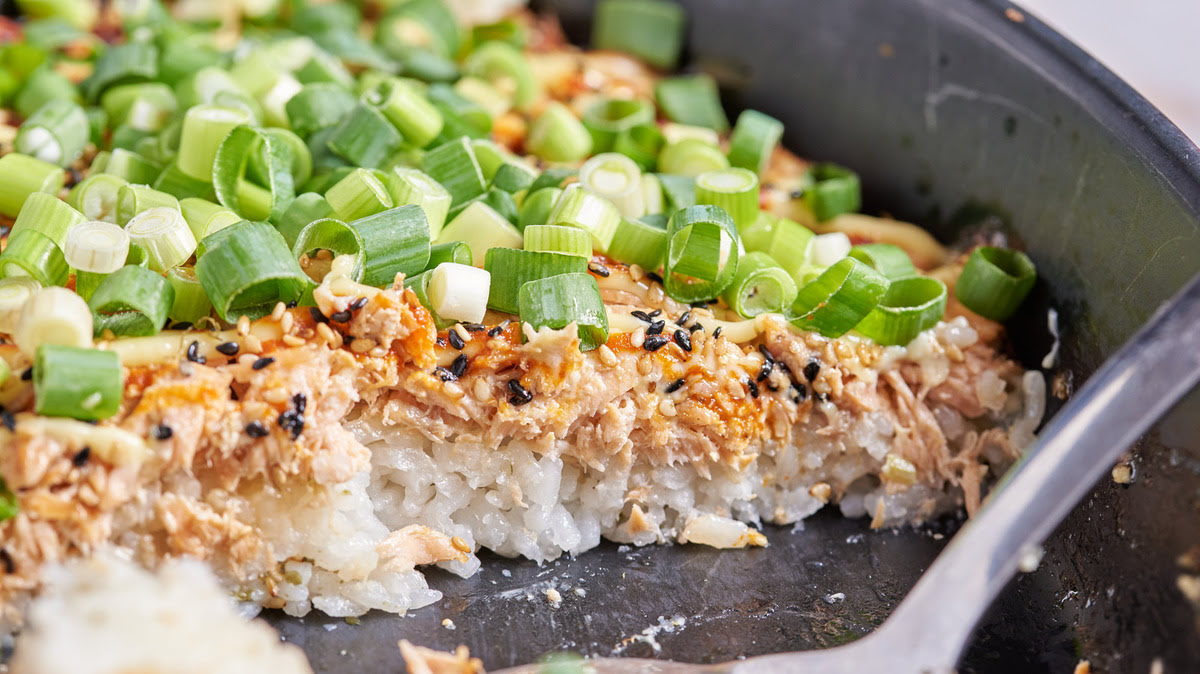
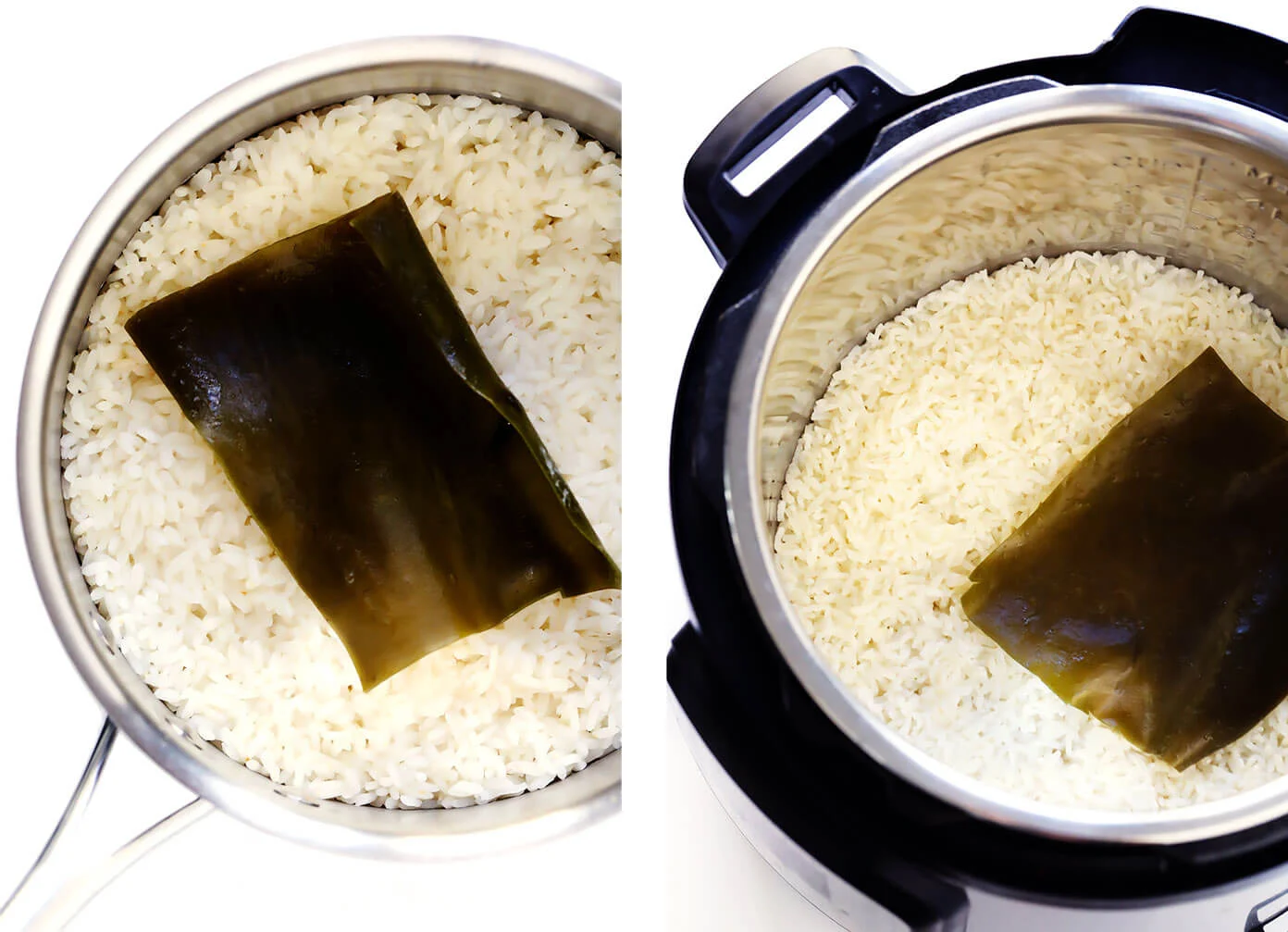

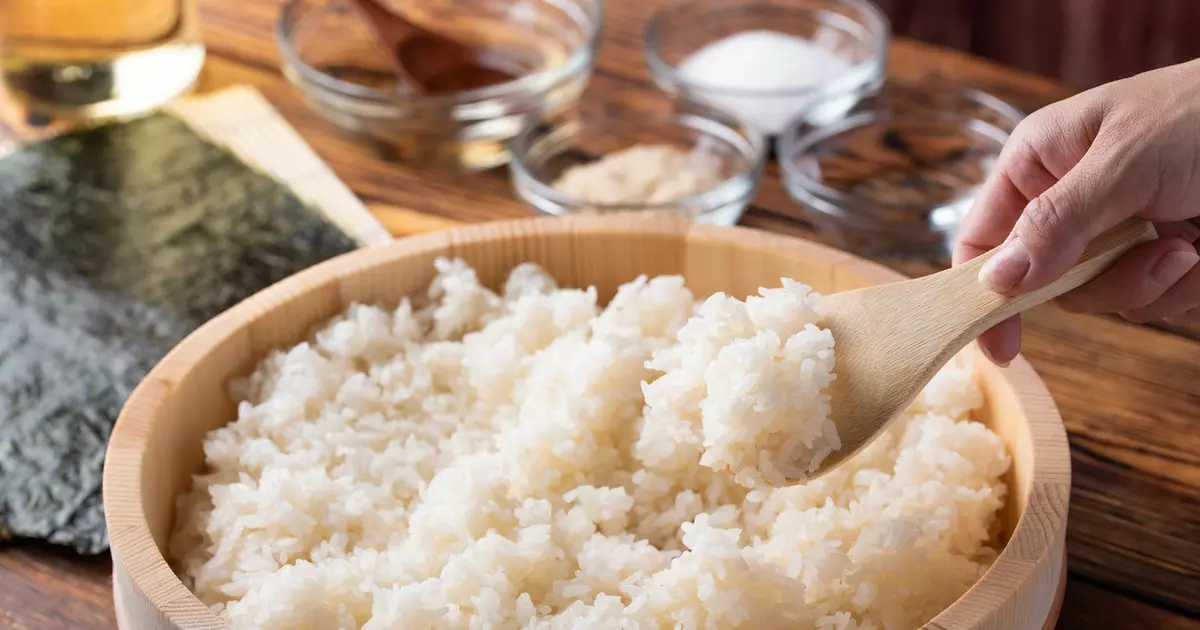




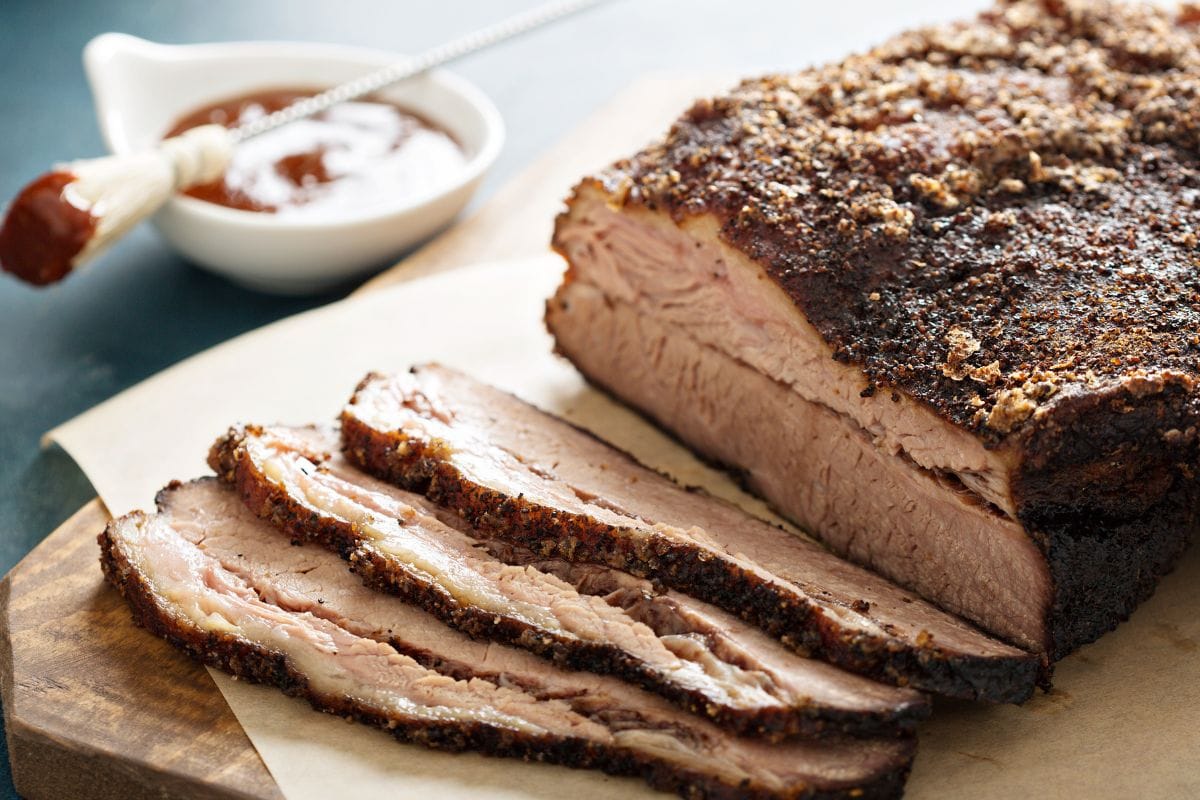






0 thoughts on “How To Store Leftover Sushi Rice”